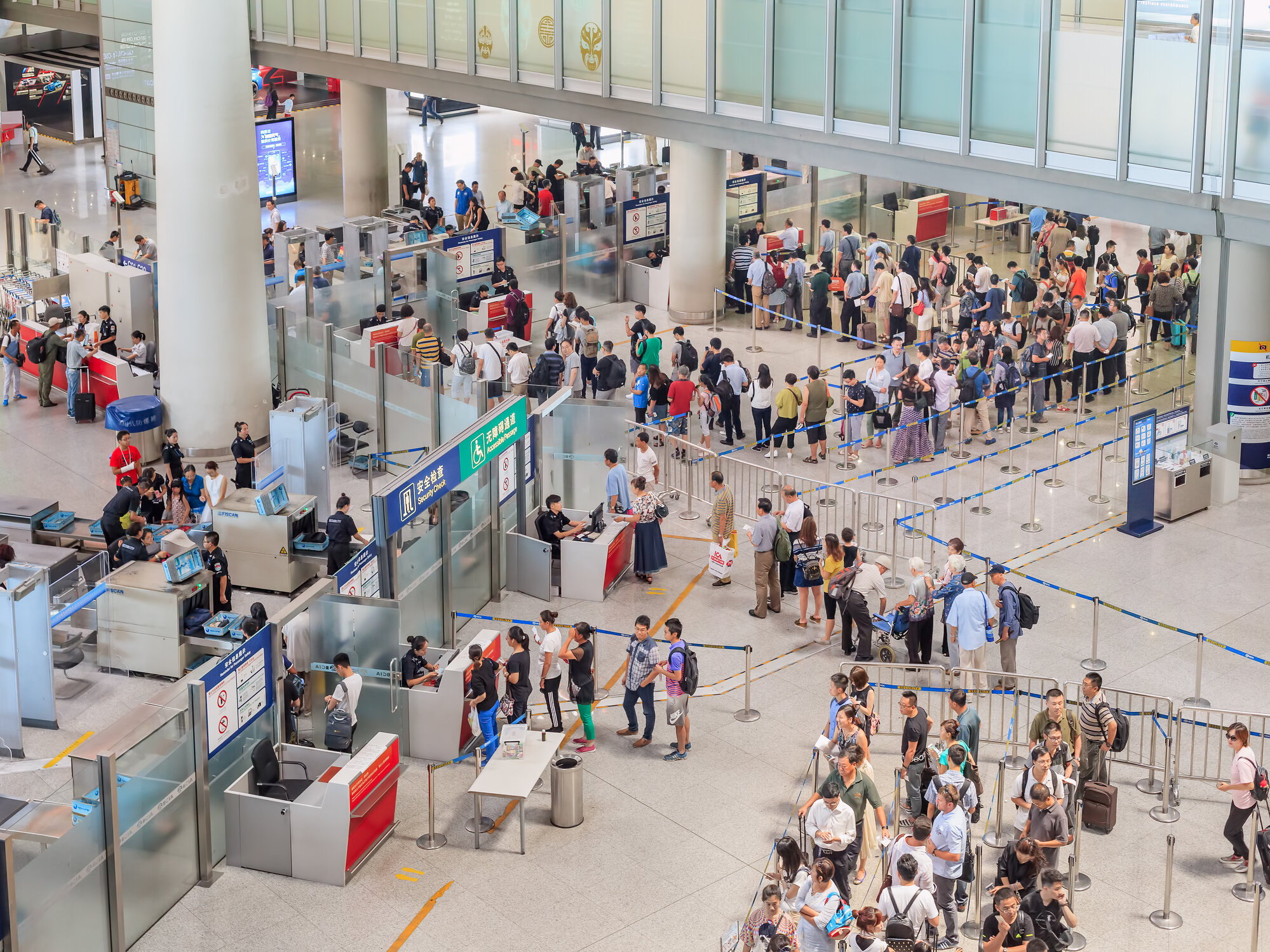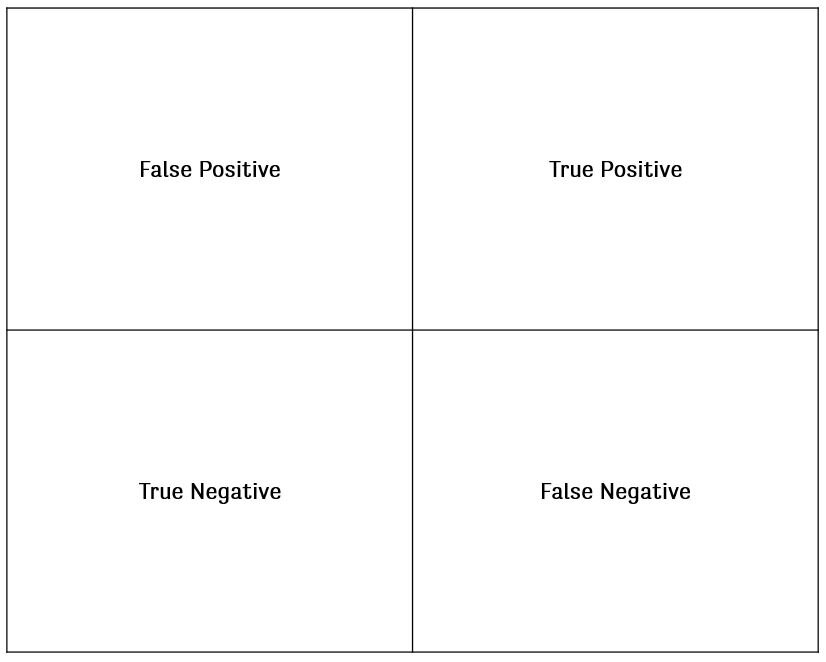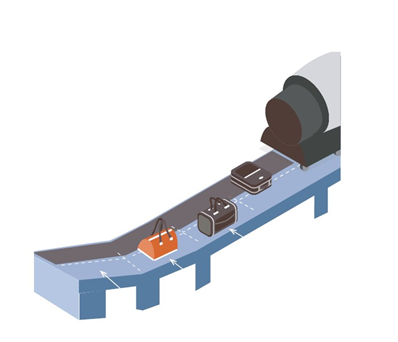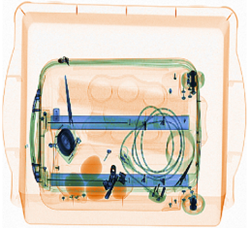Airport security stakeholders have the desire to create a seamless passenger flow, to relieve passengers from perceived stress during security, and most importantly to maintain a high security level. To achieve this, factors like type of screening equipment, number of security lanes, a (dynamic) staffing model and a differing passenger type are of influence. One critical piece in the puzzle towards an improved screening process still is the operator and its performance in human-essential tasks like x-ray image analysis. But how to achieve and maintain high performance standards in screening for prohibited objects?
Whereas our previous articles on the transition to EDS CB with CT machines focused on the component of initial training, in this blog post we share our experience on how image analysis can increase in performance. We look at three factors – Human Perception, Checkpoint Environment and CONOP & legislation - that influence screener performance the most.
Focus in this second blog on the influence of the checkpoint environment.
Security Checkpoint Environment
The checkpoint environment has significant influence on the performance of operators during their work activities. The definition environment is rather versatile and includes: Type of equipment, Automated Tray Return Systems, X-ray or CT machine and system configuration are factors that have significant impact on the operator performance.
Automated Tray Return System
The decision time for image analysis is fixed when using an ATRS. This means the operator has a maximum decision time. And, regardless of the complexity of the image, the maximum decision time is fixed. In operation this maximum decision time is almost never exceeded. Yet, it can provide pressure to the operator. This pressure can result in a higher reject rate of trays, specifically related to High Treat rejects.
Let’s zoom into this: operating on non-ATRS lanes, whenever an operator identified an IED, (s)he would ask for a second opinion of a nearby colleague - applying the two eyes principle, because of the operational impact. The lane will be taken out of operation, scaling up procedures are triggered , and passengers must wait for the release of their baggage. Operators don’t want to miss a High Threat. Hence, detecting a High Threat could foil a terrorist attack. In addition, they are aware of the operational impact. Therefore, careful consideration in the decision making is important. In the end, by selecting a High Threat, the decision of the operator can result in a false positive or a true positive. Hence, the baggage can be either a threat or non-threat. In the illustration this can be translated into a ‘true positive’ for a detected high threat which actually contains a threat, that is detected during alarm resolution at the secondary screener. Or, it can be translated into a ‘false positive’ for a reported High Threat that doesn’t contain a threat after alarm resolution. The false negative results must be avoided, even if - on the contrary - this means most High Threat rejects will be false positives.
From a psychological perspective, losses also outweigh profits. Operators will therefore be even less likely to take the risk on a false negative. Taken together, the time pressure and the lack of communication opportunities can result in a higher reject rate in High Threats.
This increased reject rate can subsequently result in the Cry Wolf effect: ignoring warnings due to the past experience of false alarms. This could result in the situation that subsequent true positives are disbelieved. It is important to take this into consideration while analyzing operator performance on image analysis.
Using an ATRS means the operators are physically more distant from each other which makes communication between the primary and secondary screening operator more challenging. Therefore, feedback from the secondary to the primary screening operator will become impossible assuming that operators perform the image analysis within the lane instead of remote screening. The operator learning curve will increase specifically related to newly hired operators. In addition, because operators have less interaction with each other and the security processes, they learn less on-site; they experience less operational scenario’s.
This asks for a new approach on the decision making of the operator. Why is it that we keep on operating the same way, while the world around us keeps changing. The Standard Operating Procedure for image analysis can be adjusted to stay in line of the technological changes. State of the art technology requires state of the art operating procedures. More about this topic in the next blog.
Don’t want to miss the next blog? Register for our newsletter and become a follower!
Screening equipment
2D view versus 3D view
The machine type, X-ray or CT machine, has impact on the operator performance. A X-ray machine that provides a single 2D view makes the operator performance less accurate compared to a dual 2D view generated by the same machine or even a 3D image by using a CT machine.
2D
3D
Image quality
In our first blog, regarding the impact of Human Perception on operator performance, we described the importance of understanding the perception of object color as an essential role in the image quality. And image quality has a significant impact on the operator performance. The image quality varies between different GUI’s. Although these differences are considered rather small, they can have a big impact on operator performance. The differences found are colors (hue, saturation and/or brightness) and image resolution. It is key to have balance in the representation of colors and image resolution keeping in mind that decisions must be made within a set timeframe. Of course, each GUI has image manipulation functionalities to adjust the image. However, the better the image quality of the default image representation is, the lesser functionalities will be used for image manipulation.
Operator GUI
The design of the operator GUI defines the user experience based on the user needs and user journey. First, the number of functionalities in the GUI impact the operator performance. ‘The more the marrier’ does not add up when it comes down to these specific user needs. Second, the positioning of the functionalities in the GUI is of influence. If the positioning is not set up in a logic manner or order, it takes more time for operators to manipulate the image. At last, the number of steps that must be taken before an image can be cleared or rejected are of significant influence.
System integration
Image analysis can be performed inside the checkpoint or remote. Both system integrations have different requirements regarding training, coaching and SOP’s.
Single plex and multi plex
Single plex image analysis is performed withing the security lane of the baggage flow. It provides specific contextual information for the primary screener, such as the behavior of the owner of the baggage that could influence the decision making of the operator. Yet, it can also be stated that image analysis is therefore less objective.
The multi-plex configuration is on-site image analysis but in this setting the operator needs to analyse images from all lanes. This configuration does not provide this specific context. Yet, the benefit of this configuration is there is less peer pressure from the security team members to clear images to reduce their workload.
Remote screening
Remote screening knows many advantages regarding operator performance. The one that stands out most, is the more peace of mind for operators. This is due to noise cancellation, optimal lightning conditions, valid decision-making process without involvement of external factors and easier to ask for a second opinion.
Supervision becomes more effective and efficient with remote screening. One supervisor can monitor the image analysis of all operators when remote screening is centralized. Also, the Hawthorne effect could arise – operator performance will improve when operators know they are monitored. Several studies state that the presence of others is especially influential when we feel evaluated by others.
In a remote screening configuration, the opportunity arises to apply specialization to operators and add expertise to the task. Specialization of operators could improve operator performance on image analysis. The selection and onboarding process can be specialized as well to attract and train operators in this specific expertise, task fit. This could provide for more attractiveness to the task.
Be aware of the checkpoint environment for enhancement
Understanding how image analysis performance is being affected by the checkpoint environment, by factors such as ATRS, X-ray or CT machine and system configuration provides for insights that can be helpful in operation. Being aware of the impact can for example help to facilitate optimal development and execution of operator training programs.
It furthermore helps airports and security companies looking to critically assess deployed computer-based training software and various manipulation functionality or have knowledge prior to acquisition of such applications. It might even help to further structure on-the-job training, as well as CONOP and SOP definition.
Next blog post is about the influence of the CONOP and legislation on operator image analysis performance.
Explore what Point FWD has to offer in guiding security stakeholders toward successful CT deployment in airport security checkpoints.
Visit our EDS CB page for more info or send an information request via the button below.









